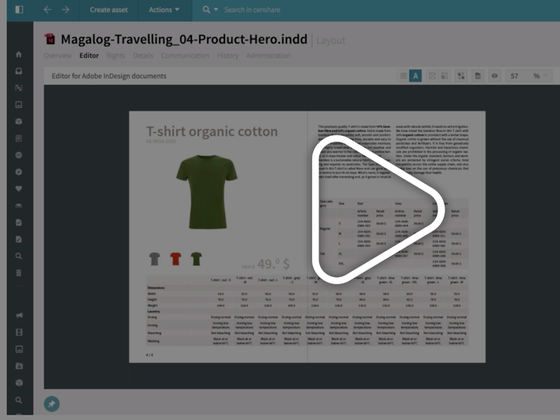What is Product Information Management?
Product Information Management (commonly referred to as ‘PIM’) handles vast amounts of product data and related digital content. This comprehensive data set enables you to provide accurate product information to everyone in the organization, from sales and marketing to customer services, distribution partners and suppliers.
A mid to enterprise level PIM system should allow users to easily manage product data and syndicate content across all relevant channels, including your website, online shop, mobile app, print collateral, and POS application.








